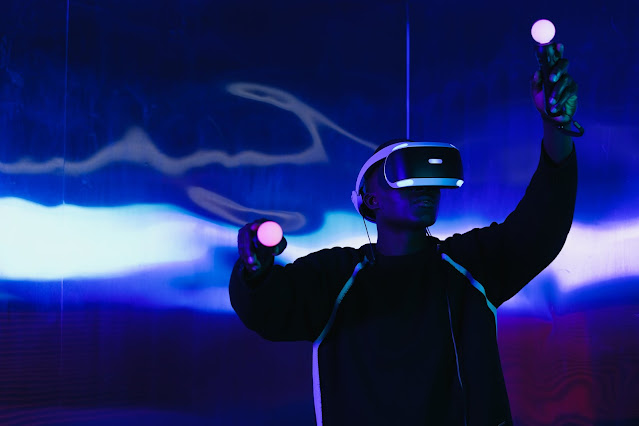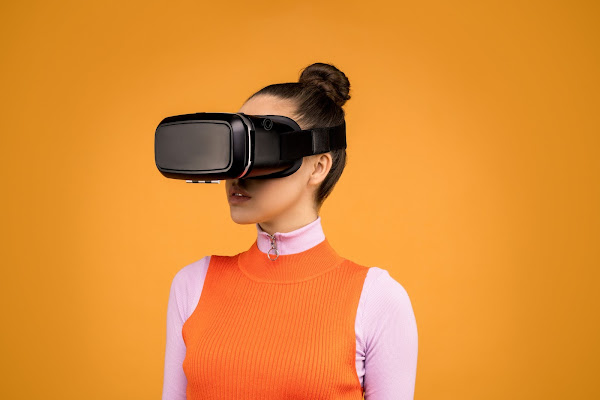Virtual and Augmented Reality: Transforming the Way We Work and Play
 |
| Virtual and Augmented reality |
Virtual reality (VR) and augmented reality (AR) are two emerging technologies that have the potential to transform the way we work and play.
Virtual reality refers to a computer-generated simulation of a three-dimensional environment that can be interacted with in a seemingly real or physical way. It is typically experienced through a headset, which allows the user to look around and interact with the virtual environment as if they were physically present.
Augmented reality, on the other hand, refers to the overlay of digital information or images onto the real world. This is typically achieved through a device such as a smartphone or tablet, which uses the camera to display the augmented information on top of the user's view of the real world.
Both VR and AR have a wide range of applications, ranging from entertainment and gaming to education and training to product design and visualization.
In the realm of entertainment, VR and AR have the potential to revolutionize the way we consume media. For example, VR can be used to create immersive experiences that allow the user to feel as if they are actually present in the virtual environment. This has the potential to make movies, video games, and other forms of entertainment much more engaging and interactive.
AR, on the other hand, has the potential to transform the way we interact with the world around us. By overlaying digital information onto the real world, AR can provide us with real-time information and guidance, making it easier to navigate unfamiliar environments and complete tasks.
In the field of education and training, both VR and AR have the potential to revolutionize the way we learn. VR can be used to create immersive simulations that allow students to experience and learn about concepts in a hands-on, interactive way. AR can be used to provide real-time feedback and guidance as students complete tasks, making it easier for them to learn and retain information.
In the world of product design and visualization, both VR and AR can be used to prototype and test new products in a virtual environment. This allows designers to see how their products will look and function in the real world, without the need for expensive physical prototypes.
Overall, VR and AR have the potential to transform the way we work and play by providing us with immersive, interactive, and real-time experiences that are not possible with traditional technologies. As these technologies continue to advance, it is likely that we will see even more innovative and transformative applications in the future.



Comments
Post a Comment